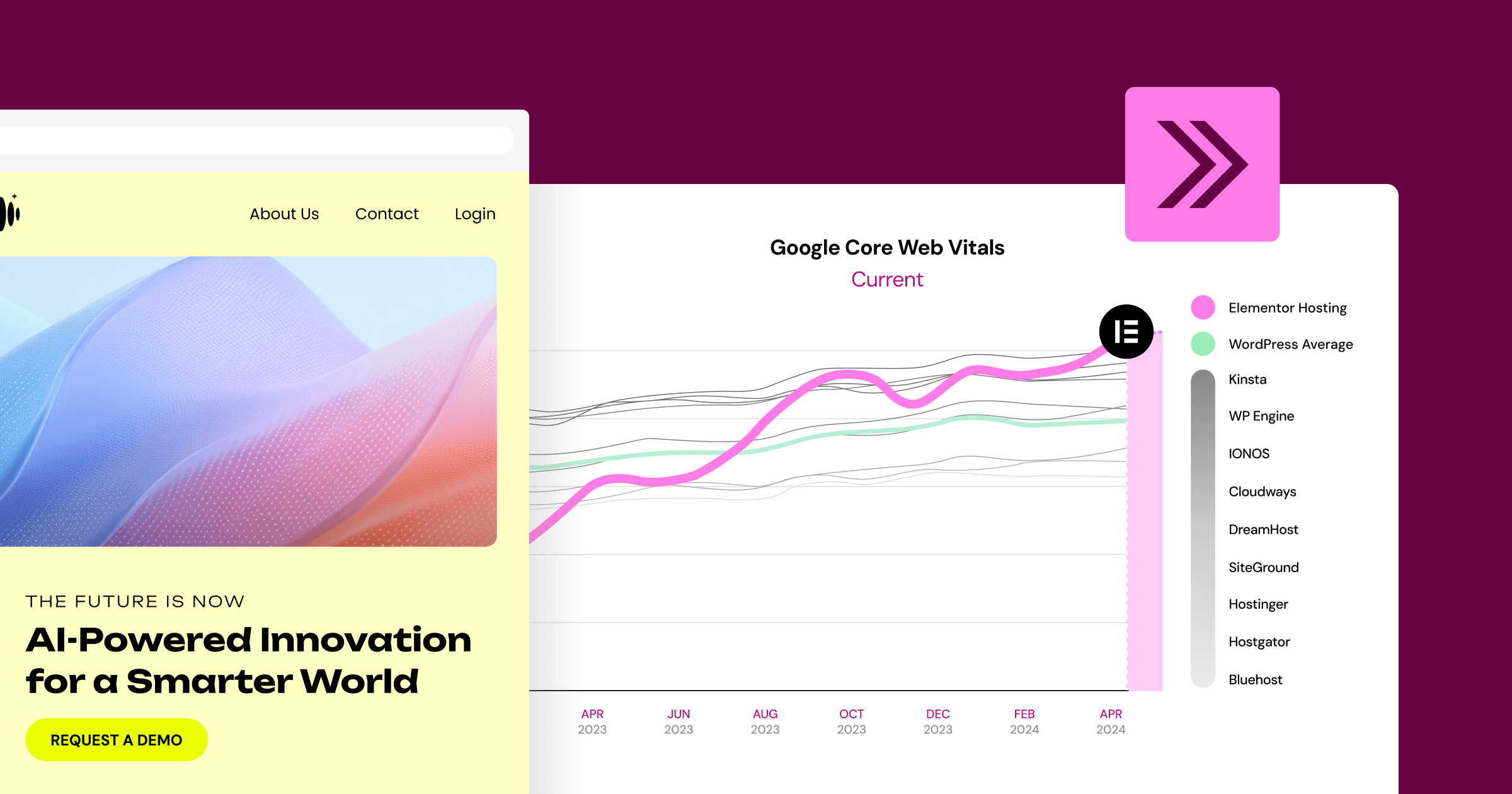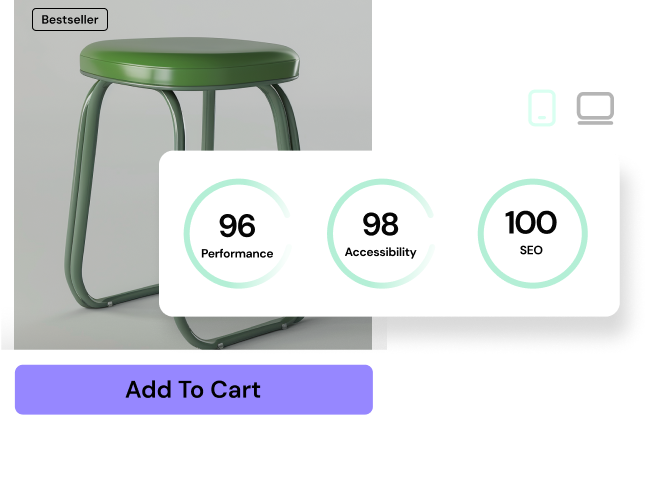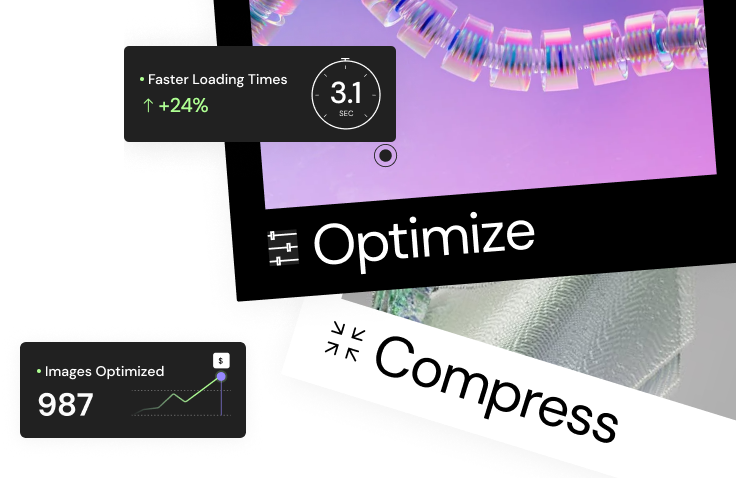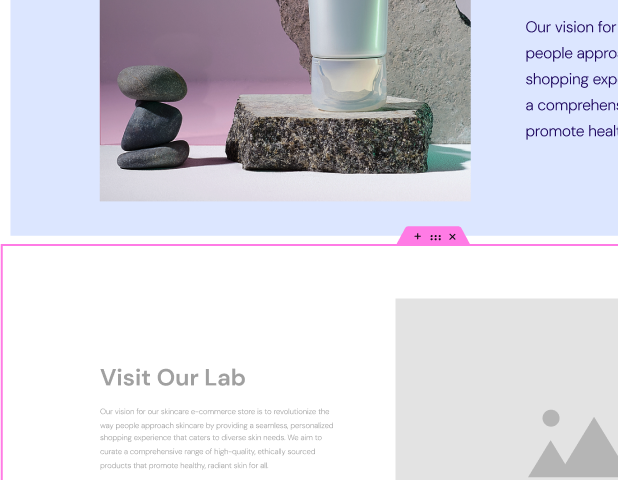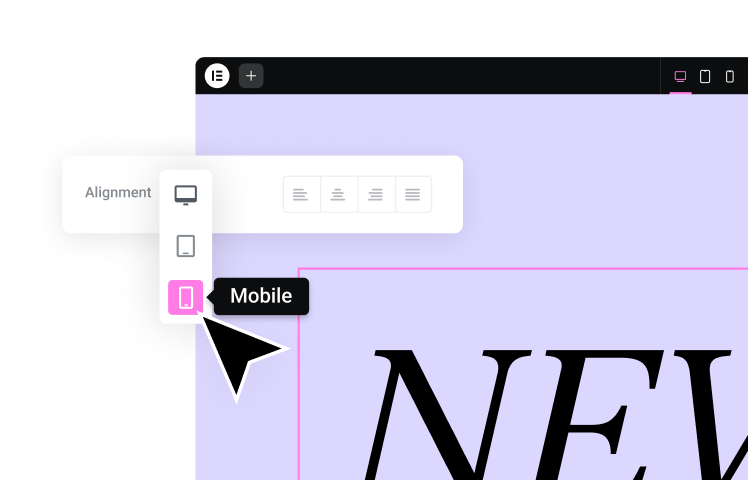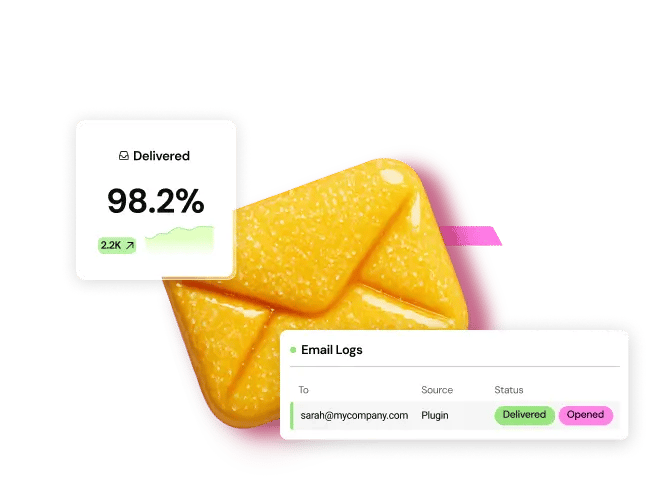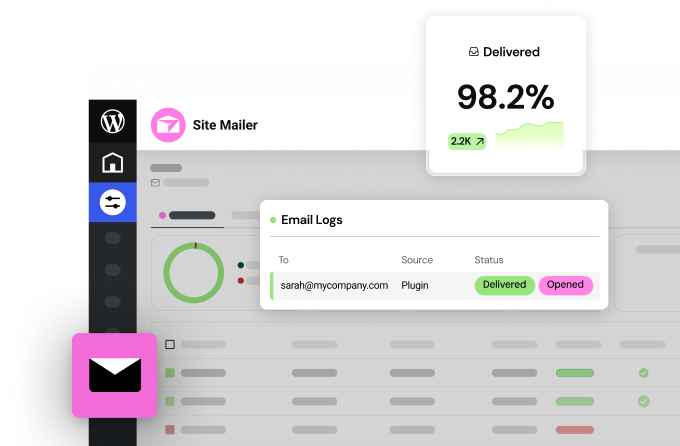But what exactly is a blog? And with the rise of video content and social media, is starting one in 2025 still a worthwhile endeavor?
As a web development and digital marketing expert with decades of experience, I’m here to tell you that blogging is not only relevant—it’s more crucial than ever. This comprehensive guide will walk you through the definition of a blog, its evolution, and the compelling reasons why you, your brand, or your business absolutely needs one. We’ll cover everything from the foundational concepts to actionable strategies that can turn a simple blog into your most powerful digital asset.
Part 1: Deconstructing the Blog – More Than Just an Online Diary
At its core, a blog (a shortened form of “weblog”) is a type of website or a section of a website where content is published in reverse chronological order, with the newest posts appearing first. Think of it as a regularly updated online journal or informational hub. However, the modern blog has evolved far beyond its origins as a simple personal diary.
Initially, blogs were just that—a log of someone’s life on the web. The term “weblog” was coined in 1997, and its shortened version, “blog,” came about in 1999. These early platforms were raw, personal, and a way for individuals to share their thoughts and experiences with a nascent online audience.
Today, while personal blogs still thrive, the definition has expanded dramatically. A blog is now a dynamic tool used by everyone from solo entrepreneurs and hobbyists to Fortune 500 companies. The key elements that define a blog remain consistent:
- Posts: These are the individual articles or entries that make up the blog.
- Reverse Chronological Order: The newest content is always at the top, ensuring readers see the latest updates.
- Categories and Tags: These organizational tools help readers navigate the content and find topics that interest them.
- Comments Section: This feature fosters community and allows for direct engagement between the author and the audience.
- Archives: A collection of older posts, typically organized by date or category, allows new readers to explore the blog’s history.
A common point of confusion is the difference between a blog and a website. The simplest way to think about it is this: a blog is a type of website where the primary focus is on a continuous stream of new content. A traditional website is often more static, with pages like “Home,” “About,” and “Services” that don’t change frequently. However, the lines have blurred, and the most effective strategies often involve a hybrid approach: a business website that includes an active, integrated blog.
The Evolution: From Personal Journals to Content Marketing Powerhouses
The journey of the blog from a niche hobby to a mainstream marketing channel has been remarkable.
- The Pioneer Era (Mid-1990s – Early 2000s): Early blogs were personal and text-heavy. Platforms like Blogger (launched in 1999) and LiveJournal made it easier for non-technical users to start their own weblogs.
- The Rise of Professional Blogging (Mid-2000s): The launch of WordPress in 2003 was a game-changer. Its open-source nature and powerful features allowed for greater customization and functionality. This era saw the birth of the professional blogger—individuals who earned a living through advertising, affiliate marketing, and sponsored content.
- The Corporate Embrace (Late 2000s – Early 2010s): Businesses started to recognize the power of blogging for what we now call “content marketing.” They realized that providing valuable, educational content was a highly effective way to attract potential customers and build trust.
- The SEO and Social Media Integration (Mid-2010s – Present): Blogs became a cornerstone of Search Engine Optimization (SEO). Marketers understood that consistently publishing high-quality content optimized for relevant keywords was the best way to rank on Google. Social media platforms also became a primary channel for distributing and promoting blog content.
- The Current Landscape (2025 and Beyond): Today, a successful blog is a multimedia experience. It’s not just text; it’s a blend of high-quality images, videos, infographics, and interactive elements. It’s a community hub, a lead generation machine, and a brand-building tool all in one. While the methods have evolved, the core principle remains the same: provide value to a specific audience.
Part 2: Why You Need a Blog – The Undeniable Benefits in 2025
The question is no longer “should I start a blog?” but rather “can I afford not to have one?” In an increasingly fragmented digital landscape, a blog provides a wholly-owned platform to control your narrative, build an audience, and achieve your goals. Let’s break down the compelling reasons why you need a blog, whether for personal or business purposes.
The Business Case for Blogging: Driving Growth and Building Authority
For any business, a blog is not a “nice-to-have”; it’s a fundamental component of a robust digital marketing strategy. Statistics consistently show that companies that blog generate significantly more leads and traffic than those that don’t. Here’s why:
1. Supercharge Your Search Engine Optimization (SEO)
Think of every blog post as a new opportunity to rank on Google. Search engines love fresh, high-quality content.
- Targets Long-Tail Keywords: While your main website pages might target broad terms like “digital marketing agency,” your blog posts can target highly specific, long-tail keywords like “how to create a content marketing funnel for a small business.” These longer queries often have higher purchase intent and less competition.
- Builds Topical Authority: Consistently writing about a particular subject tells Google that you are an expert in that field. This “topical authority” can help your entire website rank higher for related searches.
- Attracts Backlinks: An insightful, data-driven blog post is a valuable asset that other websites will want to link to. These “backlinks” are a critical ranking factor for search engines, signaling that your content is credible and authoritative.
- Keeps Your Website Fresh: Search engines tend to favor websites that are regularly updated. Blogging is the most efficient way to ensure your site is constantly adding new, relevant content.
2. Drive Quality Traffic to Your Website
Your blog acts as a magnet, drawing in your ideal customers. A person searching for a solution to a problem is far more likely to click on a helpful blog post than a direct sales page. Once they’re on your site reading your content, you can then guide them toward your products or services.
Imagine you’re a real estate agent. A blog post titled “10 Things First-Time Homebuyers in Austin Should Know” will attract a highly qualified audience. These readers aren’t just Browse; they are actively seeking information related to your services.
3. Establish Yourself as an Industry Authority and Build Trust
People do business with those they know, like, and trust. A blog is the perfect platform to demonstrate your expertise and build that crucial trust. By consistently providing valuable, well-researched, and insightful content, you shift from being just another vendor to becoming a trusted advisor.
When a potential client has a question, they’ll remember your helpful blog and turn to you for the answer. This top-of-mind awareness is invaluable when it comes time for them to make a purchasing decision.
4. Generate and Nurture Leads
A blog is a lead-generation machine that works for you 24/7. Here’s how the funnel typically works:
- Attract: A user finds your blog post through a Google search or a social media share.
- Engage: They read your valuable content and see you as a credible source.
- Convert: At the end of the post, you offer a “content upgrade” – a free, downloadable resource like a checklist, ebook, or template – in exchange for their email address.
You now have a new lead. You can continue to nurture this relationship through email marketing, providing even more value and gently guiding them toward a sale.
5. Humanize Your Brand and Foster a Community
Static corporate websites can often feel cold and impersonal. A blog gives your brand a voice and a personality. You can share behind-the-scenes stories, introduce your team, and talk about your company’s values. This transparency builds a stronger connection with your audience.
The comments section and social media shares create a two-way conversation, allowing you to engage directly with your customers and build a loyal community around your brand.
The Personal Case for Blogging: Unleashing Your Potential
You don’t need to be a business to reap the rewards of blogging. A personal blog can be a powerful tool for career growth, creative expression, and personal development.
1. Build Your Personal Brand and Online Identity
In today’s digital age, your online presence is your new resume. When someone Googles your name, what do they find? A well-maintained blog showcasing your knowledge and passion in a particular field is far more impressive than a sparse LinkedIn profile. It allows you to control the narrative and establish yourself as an expert.
2. Develop Your Skills
Blogging is a fantastic way to hone a variety of valuable skills:
- Writing and Communication: The more you write, the better you become at articulating your thoughts clearly and persuasively.
- Research and Critical Thinking: To create valuable content, you need to research your topics thoroughly, which deepens your own understanding.
- Technical Skills: Setting up and managing a blog will teach you the basics of web hosting, domain names, and content management systems. With tools like WordPress and a visual builder like Elementor, you can learn to create a professional-looking website without needing to code.
- Marketing and Promotion: Writing the content is only half the battle. You’ll also learn how to promote it through social media, email, and SEO, all of which are highly sought-after skills.
3. Network and Connect with Like-Minded People
A blog can connect you with a global community of people who share your interests. You’ll engage with readers through comments, connect with other bloggers in your niche, and potentially open doors to collaborations, speaking engagements, and new career opportunities.
4. Create a Creative Outlet and Document Your Journey
A personal blog can be a space for you to explore your passions, share your experiences, and document your growth. Whether your interest is in gardening, coding, or historical fiction, a blog provides a platform to share what you love with the world. This act of creation can be incredibly fulfilling.
5. Generate Income
Yes, you can still make money from a personal blog in 2025. While it takes time and dedication, there are several monetization strategies:
- Advertising: Placing ads on your site through networks like Google AdSense.
- Affiliate Marketing: Recommending products you use and love and earning a commission on any sales generated through your unique link.
- Selling Digital Products: Creating and selling your own ebooks, courses, or templates.
- Offering Services: Using your blog to attract clients for freelance writing, consulting, or coaching.
Part 3: The Anatomy of a Great Blog – Key Components for Success
Starting a blog is one thing; creating a successful blog is another. The most effective blogs share a common set of characteristics that make them engaging, user-friendly, and optimized for growth.
Essential Design and User Experience (UX) Elements
Your blog’s design is the first impression you make. It should be clean, professional, and, most importantly, easy for your readers to navigate.
- Clean and Responsive Layout: Your blog must look good and function perfectly on all devices, from desktops to smartphones. A cluttered, confusing design will cause visitors to leave immediately.
- Clear Navigation: A simple and intuitive menu is crucial. Readers should be able to easily find your home page, about page, contact information, and key content categories.
- Readable Fonts and White Space: Use a clear, legible font for your body text. Don’t be afraid of white space (the empty areas around text and images). It improves readability and gives your design a clean, modern feel.
- High-Quality Visuals: Break up your text with relevant, high-quality images, infographics, and videos. Visual content makes your posts more engaging and shareable.
This is an area where a powerful website builder can make a significant difference. For those using WordPress, a tool like Elementor allows you to visually design your blog’s layout using a drag-and-drop interface. You can create custom headers, footers, and blog post templates to ensure a unique and user-friendly experience without ever touching a line of code.
Must-Have Pages for Your Blog
Beyond your individual blog posts, there are a few key pages every blog should have:
- About Page: This is often one of the most visited pages on a blog. Tell your story. Who are you? Why did you start this blog? What can readers expect to find? A compelling About page builds a personal connection with your audience.
- Contact Page: Make it easy for readers, potential collaborators, and clients to get in touch with you. A simple contact form and links to your social media profiles are essential.
- Start Here/New? Page: If you have a large archive of content, a “Start Here” page is a great way to guide new visitors to your most important and popular posts. This helps them get acquainted with your best work without feeling overwhelmed.
- Privacy Policy: This is a legal requirement in many regions. It informs your visitors about what data you collect and how you use it.
The Different Flavors of Blogs: Finding Your Niche
Blogs come in all shapes and sizes, catering to countless interests and industries. Understanding the different types can help you define your own path.
- Personal Blogs: The classic online diary, focused on the author’s life, experiences, and thoughts.
- Niche Blogs: These blogs focus on a very specific topic, such as vegan baking, 1980s action movies, or urban gardening for small spaces. Niche blogs can be highly effective for building a dedicated audience and monetizing through targeted products.
- Business/Corporate Blogs: Used by companies to publish content related to their industry, products, and services. The primary goal is to attract and convert customers.
- Affiliate Blogs: These blogs are built around reviewing and recommending products. The primary income source is affiliate commissions.
- News Blogs: Focused on delivering the latest news and commentary on a specific industry or topic.
The most successful blogs often blend these elements. A personal blogger might have a strong niche, and a business blog should still have a personal, human voice. The key is to choose a niche you are passionate and knowledgeable about. Your enthusiasm (or lack thereof) will be evident in your writing.
Part 4: How to Start a Blog in 2025 – A Step-by-Step Guide
Ready to jump in? Starting a blog is more accessible than ever. Here’s a straightforward, step-by-step process to get you from idea to published post.
Step 1: Choose Your Niche and Name
- Find Your Niche: What will you write about? Brainstorm topics you’re passionate about, have expertise in, and that have an audience. The sweet spot is the intersection of these three things.
- Name Your Blog: Choose a name that is memorable, easy to spell, and relevant to your niche. Your blog name will also likely be your domain name, so check for availability.
Step 2: Select Your Blogging Platform and Hosting
This is the most critical technical decision you’ll make.
- Blogging Platform (CMS): While there are many options (Wix, Squarespace, Blogger), the industry standard is WordPress.org. It’s free, open-source, and powers over 40% of the web for a reason. Its flexibility and vast ecosystem of plugins and themes are unmatched. (Note: Don’t confuse WordPress.org with WordPress.com, which is a more limited, hosted service).
- Web Hosting: This is where your website’s files will live. For a WordPress blog, you’ll need a reliable hosting provider. Look for one that offers good performance, security, and customer support. Many hosts offer “managed WordPress hosting,” which is specifically optimized for the platform. For an all-in-one solution, Elementor Hosting is a strong contender, as it combines managed WordPress hosting powered by the Google Cloud Platform with the Elementor Pro website builder, giving you a powerful and seamless creation experience from the start.
Step 3: Register Your Domain Name
Your domain name is your blog’s address on the internet (e.g., www.yourblogname.com). You can register your domain through your hosting provider or a separate domain registrar.
Step 4: Install WordPress and a Theme
Most quality web hosts offer a one-click WordPress installation process. Once installed, you’ll need to choose a “theme,” which is the design template for your blog. There are thousands of free and premium themes available. Look for one that is well-coded, responsive, and has good reviews.
Step 5: Customize Your Blog’s Design
This is where you bring your vision to life. You can customize your theme’s colors, fonts, and layouts. If you want full creative control without writing code, this is where a page builder plugin becomes invaluable.
By installing a plugin like Elementor, you can go far beyond the limitations of your theme. You can use its visual, drag-and-drop editor to:
- Design a unique homepage.
- Create a custom header and footer.
- Build a visually appealing blog post template that will apply to all your articles.
- Add advanced features like contact forms, social media icons, and call-to-action buttons.
This allows you to create a truly professional and custom blog design that stands out from the crowd.
Step 6: Write and Publish Your First Post
The moment you’ve been waiting for! Start with a foundational “pillar” post – a comprehensive, in-depth article that showcases your expertise and provides immense value to your readers.
- Do Your Keyword Research: Use a tool like Google Keyword Planner or Ubersuggest to find out what terms your target audience is searching for.
- Create a Compelling Headline: Your headline is what will make people click. Make it intriguing, specific, and benefit-driven.
- Structure Your Post: Use headings (H2, H3), short paragraphs, and bullet points to make your content easy to read and scan.
- Add Visuals: Include relevant images and graphics to break up the text and illustrate your points.
- Proofread Carefully: Typos and grammatical errors can undermine your credibility. Read your post aloud or use a tool like Grammarly to catch mistakes.
Step 7: Promote Your Blog
Writing great content is just the beginning. You need to actively promote it to get it in front of your target audience.
- Share on Social Media: Post your new articles on your relevant social media channels.
- Build an Email List: From day one, encourage readers to subscribe to your newsletter. Your email list is a direct line to your most loyal fans.
- Engage in Online Communities: Share your expertise in relevant Facebook groups, forums, and on Reddit. Don’t just spam your links; provide genuine value and build relationships.
- Reach Out to Other Bloggers: Connect with other bloggers in your niche. You can collaborate on content, guest post on each other’s blogs, and help promote each other’s work.
Conclusion: Your Digital Journey Starts with a Single Post
The blog has come a long way from its humble beginnings as a digital diary. In 2025, it is an indispensable tool for anyone looking to share their voice, build a brand, or grow a business online. It is the heart of a successful content marketing strategy, the foundation of a strong personal brand, and a direct channel to an engaged and loyal audience.
A blog allows you to own your digital space in a way that social media never will. It’s a long-term asset that, when nurtured with consistent, high-quality content, will pay dividends in traffic, trust, and opportunity for years to come.
The technical barriers that once stood in the way of aspiring bloggers have all but disappeared. With powerful and user-friendly platforms like WordPress, combined with the intuitive design capabilities of tools like Elementor, anyone with an idea and a willingness to share it can create a beautiful, professional blog.
So, what are you waiting for? The question isn’t whether blogging is still relevant. The question is, what story will you tell? What knowledge will you share? Your audience is out there, searching for the solutions you can provide. It’s time to start writing.
Looking for fresh content?
By entering your email, you agree to receive Elementor emails, including marketing emails,
and agree to our Terms & Conditions and Privacy Policy.
